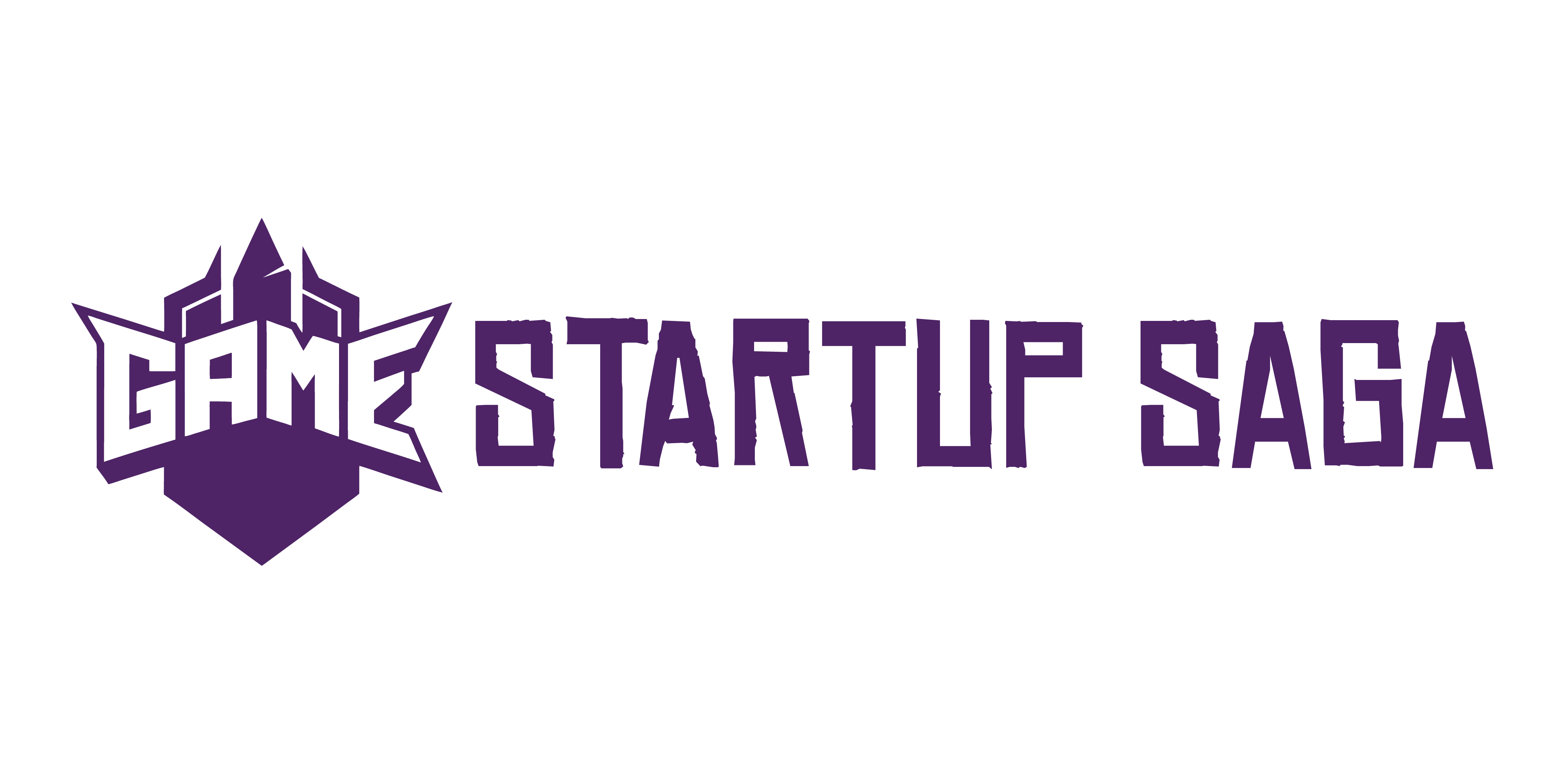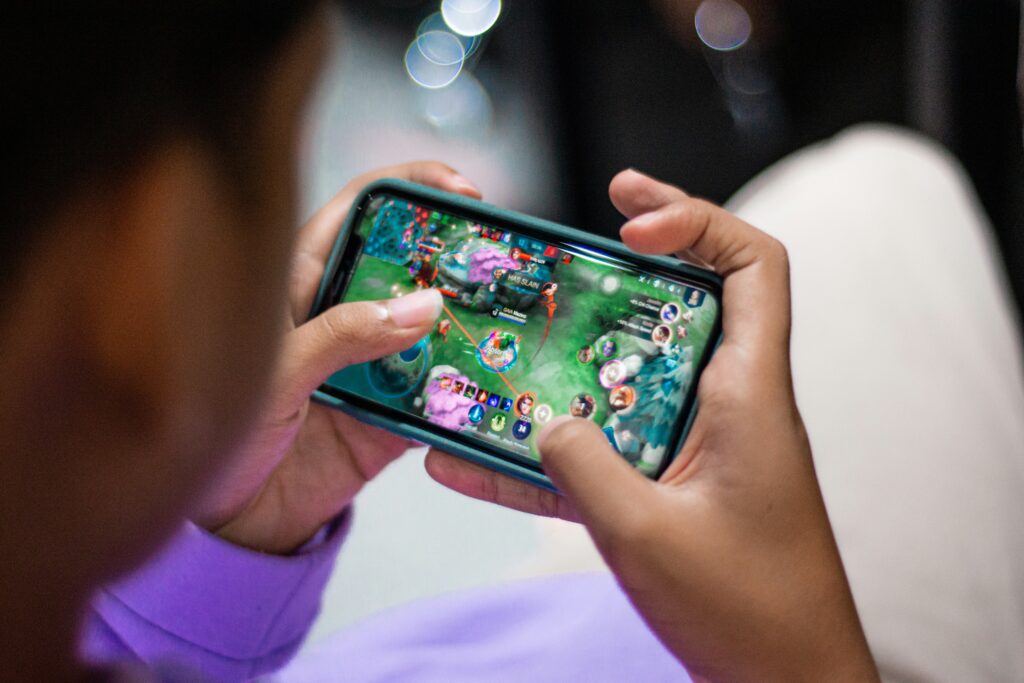Intro: Mobile Gaming Isn’t Just Casual Anymore
Mobile gaming used to mean killing time in a checkout line. Think Candy Crush, Angry Birds, or Flappy Bird—fun, light, and borderline mindless. But that’s years behind us now. What started as a way to pass a few minutes has grown into an industry capable of hosting global esports tournaments, raking in billions, and locking players into hours-long strategy sessions—all from a smartphone.
We’re talking about Call of Duty Mobile, PUBG Mobile, and Honor of Kings. Games with deep mechanics, competitive ladders, and serious prize pools. What once required a gaming console or high-end PC now fits in your pocket—and has the player base to match.
The numbers speak for themselves. As of 2023, the mobile gaming industry was valued at over $90 billion globally, accounting for nearly half of total gaming revenue. It’s forecasted to hit $120 billion by 2025 at its current pace. Daily active user counts measure in the hundreds of millions, and adoption continues to boom in emerging markets.
Mobile gaming isn’t a lightweight anymore. It’s the heavyweight titleholder of the gaming world—and it’s still swinging.
What’s Powering the Boom
Mobile hardware is no longer playing catch-up. Flagship phones now ship with chipsets built for gaming, high-refresh displays, and thermal management that used to be reserved for laptops. It’s not a nice-to-have—it’s a necessity. Top-tier mobile games are demanding, and the hardware has answered.
Then there’s 5G and cloud gaming. Loading screens? Out. Lag? Minimal. With cloud platforms like Xbox Cloud Gaming and NVIDIA GeForce Now expanding their mobile offerings, friction is disappearing. Players dive straight into console-quality games without worrying about downloads or local storage.
But tech alone doesn’t move the needle. Visibility on app stores is make-or-break—with thousands of games launching every week, getting noticed requires strategy. Studios are doubling down on original IPs that speak to niche audiences, securing both loyal fans and better shelf space in crowded marketplaces. Successful devs are treating app store optimization like SEO, combining keywords with eye-catching creatives and tight user onboarding. It’s a new kind of battlefield—and the winners are already plotting the next update.
Who’s Playing (And Why It Matters)
Mobile gaming in 2024 is smashing all assumptions about who plays games and why they play. Once reserved for kids or a niche audience on the go, mobile gaming now spans multiple generations, professions, and play styles.
A Broader Player Base
The typical mobile gamer isn’t so typical anymore. The demographic has expanded far beyond teens killing time at bus stops into a cross-section of the global population.
- Gen Z: Leading the mobile-first shift, especially on social-platform-integrated games
- Parents & Adults: Turning to mobile games for stress relief, downtime, and social fun
- Professionals: Embracing games as a break between meetings or during commutes
Mobile gaming now touches nearly every demographic group, making it one of the most accessible forms of entertainment in the world.
Shifting Gaming Behavior
One of the biggest changes in mobile gaming is how people engage with content. It’s no longer just about killing time—it’s about experiences that match specific types of needs and schedules.
- Snackable Play: Quick-hit games that fit into daily routines (think puzzles, idle clickers, arcade loops)
- Long-Session Strategy: Games designed for deeper immersion, including RPGs, MOBAs, and real-time strategy titles
Players want flexibility. The market now caters to those seeking both 90-second dopamine hits and 90-minute strategy marathons—all in the palm of their hand.
Why It Matters to Creators and Studios
Understanding who’s playing helps publishers develop smarter monetization models, better marketing strategies, and more inclusive gameplay. The widening demographic isn’t just a stat—it’s a signal that mobile gaming must serve varied needs and expectations to stay relevant.
Monetization Models: Where the Real Money Is
The money in mobile gaming used to come mostly from in-app purchases—cosmetics, power-ups, extra lives. And it’s still huge. But now, studios are mixing things up with layered monetization: think subscriptions with exclusive perks, season-based battle passes that keep users logging in, and smarter ad integrations that don’t break immersion. The successful games don’t rely on any one method—they build systems that feel optional, not exploitative.
Ad-supported games have also gotten sharper. Instead of flooding players with pop-ups, top developers are finding clean, contextual moments to introduce ads—like after level completions or optional reward boosts. The shift? Making ads a choice, not a punishment. Players stay, and so does the revenue.
But it’s a tightrope. Push too hard and you lose trust. Studios that win are the ones who understand their communities. They test, tweak, and listen. When players feel respected, they spend more—and stick around longer. This balance between profitability and player loyalty is what separates the flashes in the pan from the long-haul winners.
Competitive Gaming on Mobile
Competitive gaming isn’t just for high-end PCs or consoles anymore. Mobile-first esports titles like Mobile Legends: Bang Bang, Brawl Stars, and Free Fire have built massive pro scenes across Asia, Latin America, and beyond. These games are explicitly designed for touchscreen competitive play—and they’re pulling millions of daily players along with high-stakes tournaments and global fandoms.
Cross-platform play is pushing this even further. Titles like Call of Duty: Mobile and Fortnite don’t just stick to one ecosystem. They let players jump in from phones, consoles, or PCs with shared progress and unified matchmaking. This fluidity makes games more accessible, more engaging, and harder to quit.
The result? The wall separating mobile from “real gaming” is coming down. Visual fidelity, precision controls, and multiplayer design have improved fast—fast enough that mobile-only players are now real contenders in the global scene. Mobile isn’t an afterthought anymore. It’s a serious platform with serious players, reshaping what esports looks like in 2024.
Global Markets Driving Growth
Asia remains the command center of mobile gaming innovation, and it’s not slowing down. Markets like China, South Korea, and Japan continue to push boundaries with mobile-first game design, hyper-efficient monetization systems, and social integration that feels native. Studios here move fast—testing, tweaking, and rolling out new ideas at a pace that Western studios struggle to match.
But the story isn’t just about Asia anymore. Latin America, Africa, and India are carving out their space—and quickly. Telecom expansions, affordable smartphones, and homegrown developers are fueling a mobile gaming boom across these regions. Creators and publishers taking a wait-and-see approach are already behind.
Localization is proving essential. Players want games that speak their language—literally and culturally. In India, mythological themes are trending. In Brazil, community-driven play and local payment methods matter. Studios that listen are winning, while one-size-fits-all models are losing steam fast. The global market isn’t just growing—it’s diversifying. And that’s a game-changer.
Challenges the Industry Faces
Mobile gaming’s gold rush brought massive growth—but now the cracks are showing. Monetization saturation is hitting hard. Players are burned out on aggressive in-app purchases, constant upsells, and battle passes stacked inside battle passes. Even loyal fans are ghosting games that push paywalls too early or too often.
Meanwhile, platforms are tightening the rules. Google and Apple are enforcing stricter terms on payment mechanics, privacy compliance, and app promotions. Developers who built their success on workarounds or gray areas are finding fewer loopholes and more red tape.
Then there’s the piracy and cloning problem, especially in fast-growing but loosely regulated markets. A breakout title can expect knockoffs to appear within days—sometimes even with better app store positioning than the original. Smaller teams without legal muscle are especially vulnerable, and platform enforcement remains spotty at best.
These challenges won’t vanish overnight. But developers who balance monetization with respect, follow evolving rules, and protect their IP from day one will be the ones still standing in 2025.
Stay Ahead: What’s Coming Next
AI is no longer just a buzzword in gaming—it’s now baked into the development process. Studios are using machine learning to fine-tune everything from level design to in-game economics. Want to know what side-quest players abandon most? AI’s tracking it. Want to see which color schemes drive longer sessions? Yep, tracked. This kind of insight changes how games are built and how they respond to users in real time—automating balance, pacing, and even story progression.
On the player side, augmented reality is quietly transforming mobile gaming into something more physical. Games like Pokémon GO walked so the next generation can sprint. Now, AR is making your neighborhood the arena. Whether it’s creature battles on your commute or strategic territory grabs in local parks, the divide between digital and physical worlds is getting thinner.
Then there’s the surge of games powered by users themselves. From in-game builders to entire game modes created by the community, developers are handing over real creative tools—and players are running with them. This isn’t just bonus content; it’s a core part of engagement strategy. When players help build the world, they stick around longer and pull others in.
For a closer look at how these trends are reshaping the industry, check out the Weekly Roundup – Key Updates in the Gaming Industry.
Final Take
Mobile gaming isn’t playing backup anymore—it’s leading the charge. What used to be glanced at as casual time-fillers are now full-blown entertainment giants. Franchises are being built around mobile-first titles. Esports competitions are streaming from players’ phones. The line between mobile and console has blurred, and in some cases, disappeared.
The winners in this space? They’re not the ones making the flashiest trailers. They’re the studios and indie devs prioritizing clean UX, responsive design, light app loads, and healthy gameplay loops. They’re the teams that update fast, fix bugs faster, and build games that feel intuitive no matter what device you’re holding.
This industry doesn’t wait. Mobile gaming is evolving in real time, and there’s no slowdown in sight. For creators, developers, and investors, that means one thing: move fast, listen hard, build smart.




